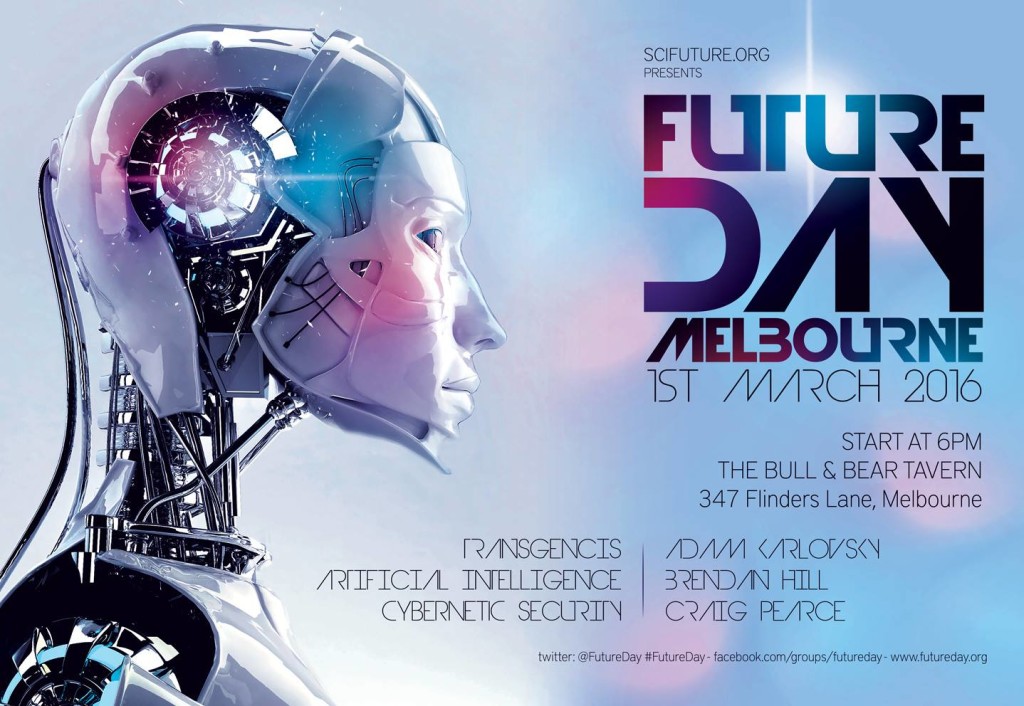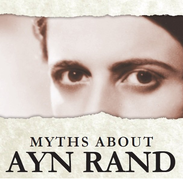Edward Hudgins
March 29, 2015
******************************
“Is it possible to live to be 500?”
“Yes,” answers Bill Maris of Google, without qualifications.
A Bloomberg Markets piece on “Google Ventures and the Search for Immortality” documents how the billions of dollars Maris invests each year is transforming life itself. But the piece also makes clear that the most valuable asset he possesses —and that, in others, makes those billions work—is entrepreneurship.
Google’s Bio-Frontiers
Maris, who heads a venture capital fund set up by Google, studied neuroscience in college. So perhaps it is no surprise that he has invested over one-third of the fund’s billions in health and life sciences. Maris has been influenced by futurist and serial inventor Ray Kurzweil who predicts that by 2045 humans and machines will merge, radically transforming and extending human life, perhaps indefinitely. Google has hired Kurzweil to carry on his work towards what he calls this “singularity.”
Maris was instrumental in creating Calico, a Google company that seeks nothing less than to cure aging, that is, to defeat death itself. This and other companies in which Maris directs funds have specific projects to bring about this goal, from genetic research to analyzing cancer data.
Maris observes that “There are a lot of billionaires in Silicon Valley, but in the end, we are all heading for the same place. If given the choice between making a lot of money or finding a way to live longer, what do you choose?”
Google Ventures does not restrict its investments to life sciences. For example, it helped with the Uber car service and has put money into data management and home automation tech companies.
“Entrepreneuring” tomorrow
Perhaps the most important take-away from the Bloomberg article is the “why” behind Maris’s efforts. The piece states that “A company with $66 billion in annual revenue isn’t doing this for the money. What Google needs is entrepreneurs.” And that is what Maris and Google Ventures are looking for.
They seek innovators with new, transformative and, ultimately, profitable ideas and visions. Most important, they seek those who have the strategies and the individual qualities that will allow them to build their companies and make real their visions.
Entrepreneurial life
But entrepreneurship is not just a formula for successful start-ups. It is a concept that is crucial for the kind of future that Google and Maris want to bring about, beyond the crucial projects of any given entrepreneur.
Entrepreneurs love their work. They aim at productive achievement. They are individualists who act on the judgments of their own minds. And they take full responsibility for all aspects of their enterprises.
On this model, all individuals should treat their own lives as their own entrepreneurial opportunities. They should love their lives. They should aim at happiness and flourishing—their big profit!—through productive achievement. They should act on the judgments of their own minds. And they should take full responsibility for every aspect of their lives.
And this entrepreneurial morality must define the culture of America and the world if the future is to be the bright one at which Google and Maris aim. An enterprise worthy of a Google investment would seek to promote this morality throughout the culture. It would seek strategies to replace cynicism and a sense of personal impotence and social decline with optimism and a recognition of personal efficacy and the possibility of social progress.
So let’s be inspired by Google’s efforts to change the world, and let’s help promote the entrepreneurial morality that is necessary for bringing it about.
Dr. Edward Hudgins directs advocacy and is a senior scholar for The Atlas Society, the center for Objectivism in Washington, D.C.
Copyright, The Atlas Society. For more information, please visit www.atlassociety.org.




